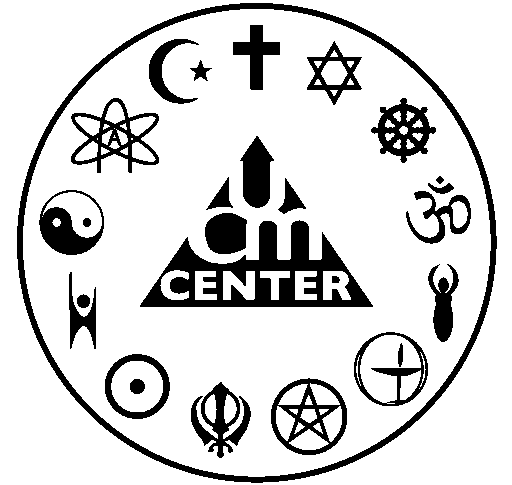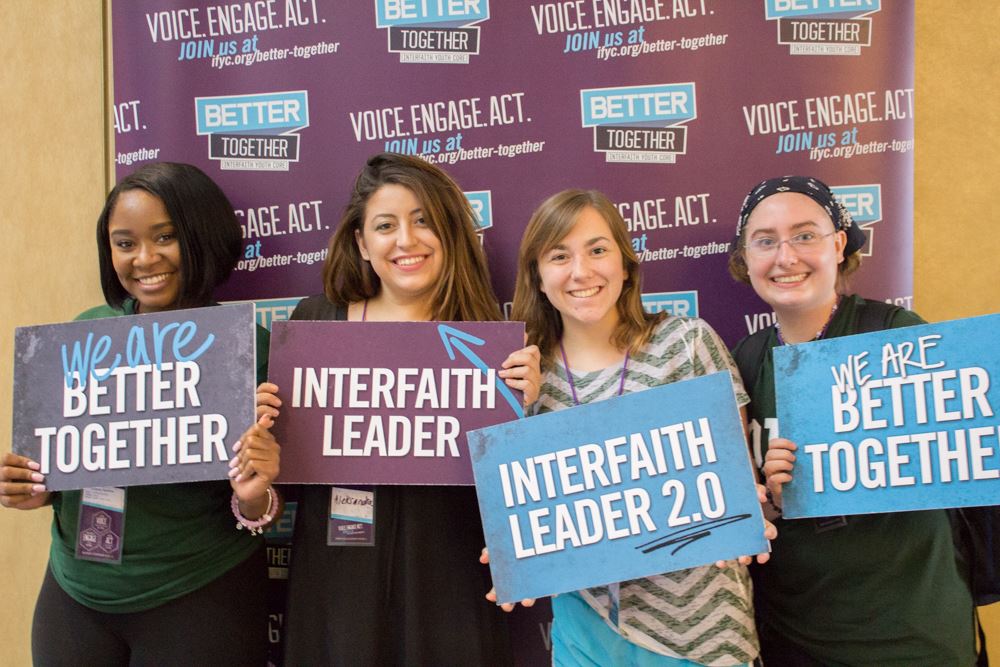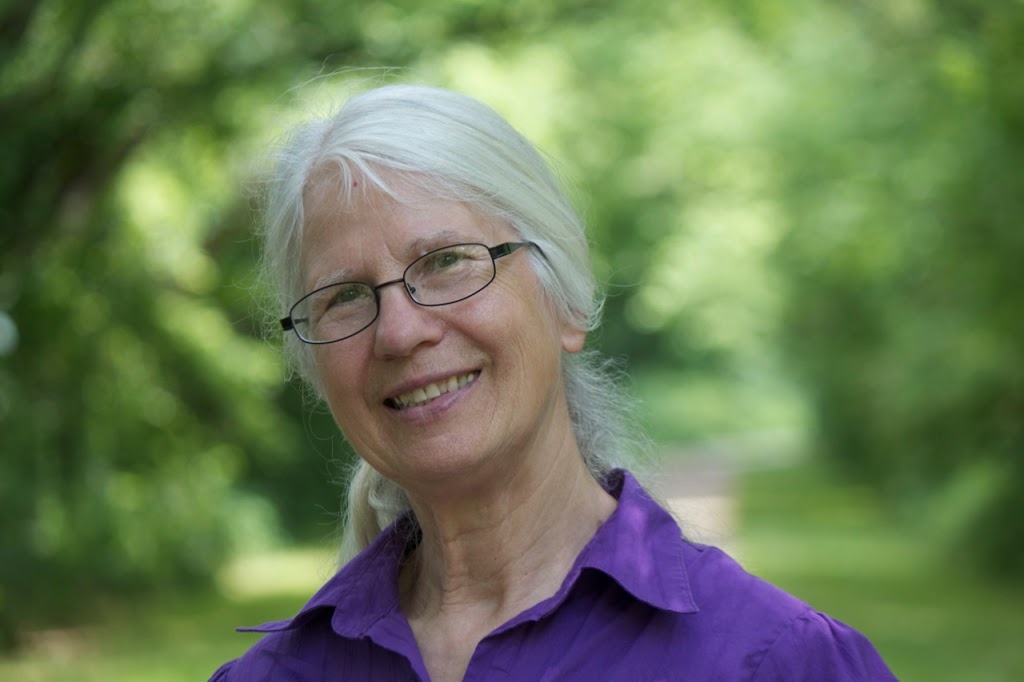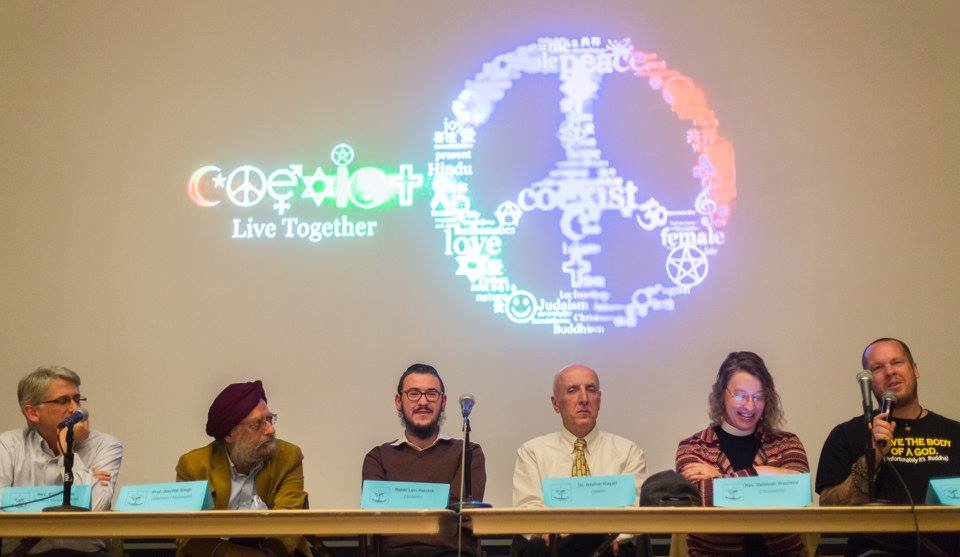Come Walk With Us….. Fifteen years ago, a horrific act of violence changed the world for all of us. This year on September 11, the sixth annual 9/11 Interfaith Peace… Continue reading Come Walk With Us…
Category: Better Together
Untitled
UCM sent five Ohio University students to the Interfaith Youth Core Leadership Institute in August 2016! Look for Kentisha, Aleksandra, Kelsey, Robin and Kaitlan (not pictured) to do important interfaith… Continue reading Untitled
Untitled
BETTER TOGETHER AT OU WINS 2ND CAMPUS IMPACT AWARD FROM INTERFAITH YOUTH CORE! This award goes to a student group that has left a substantial mark on their campus and… Continue reading Untitled
Untitled
BETTER TOGETHER AT OU PRESENTS STORIES OF INTERFAITH BRIDGE BUILDING WITH PEGGY FAW GISH TUESDAY, APRIL 5, 7PM – 9PM WALTER HALL ROTUNDA Peggy’s stories from Iraq, West Bank, and… Continue reading Untitled
Fall Semester Wrap Up
Fall Semester Wrap-up Some highlights of Better Together at OU Fall Semester include the Annual 9-11 Interfaith Peace Walk, where hundreds of students and community members from many religious and… Continue reading Fall Semester Wrap Up



